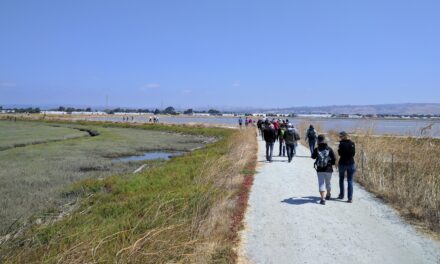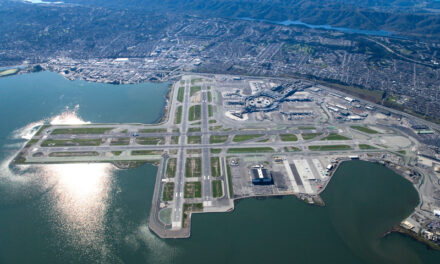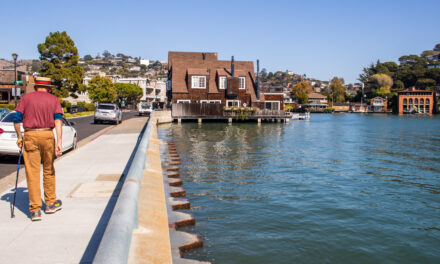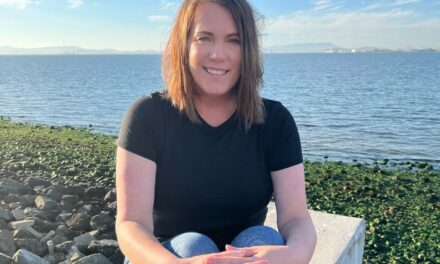Enough Mud to Fill 670 Skyscrapers?
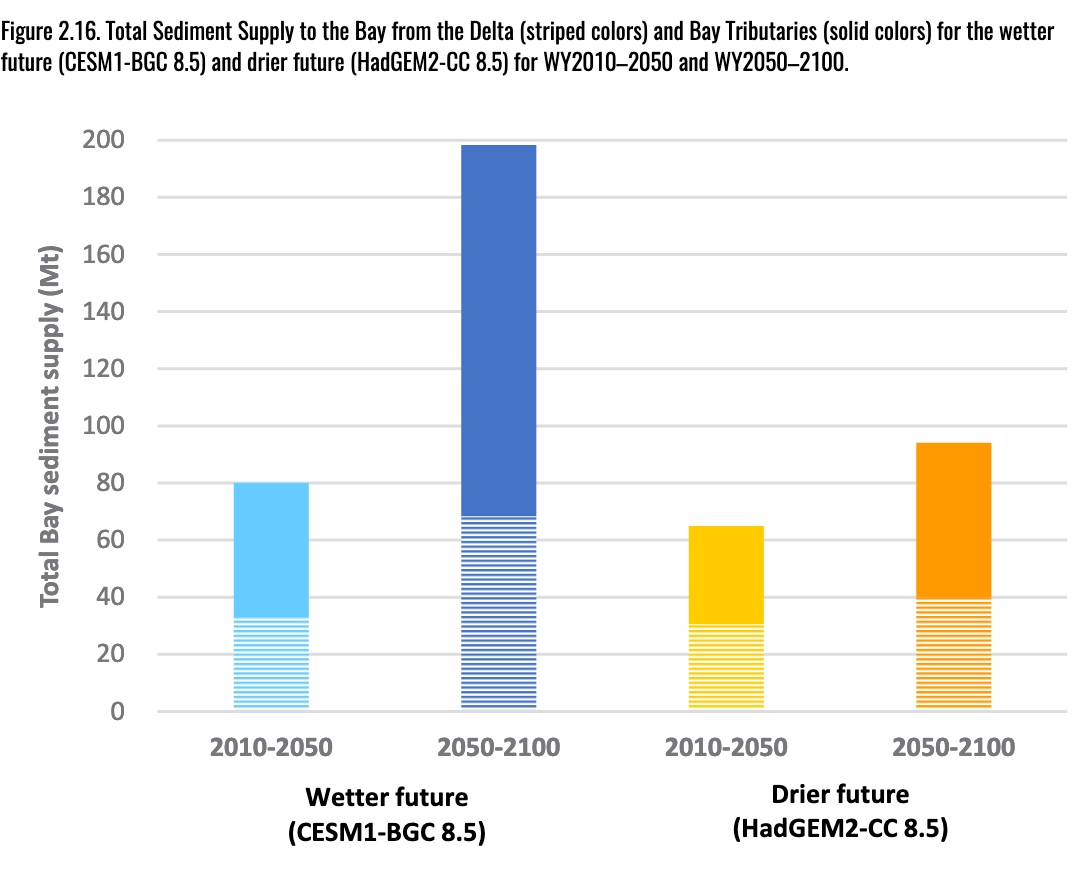
How much mud do we need to save Bay Area marshes from rising seas and how will we move it into position? If the future is drier there’s one answer, and if it’s wetter another (see chart), but the ballpark is 477,000,000 cubic yards. That’s the amount of sediment needed to sustain the ring of wetlands now protecting shoreline communities and infrastructure from a rising Bay, according to a new SF Estuary Institute report. Moving this much sediment into the right places–enough to fill the Sales Force skyscraper 670 times–will require the largest multi-decade public works project in the Bay Area’s history, says the Institute’s Warner Chabot. The report explores various nature-assisted methods of deploying the necessary material, ranging from spraying mud on the marsh surface and seeding it into the water column to placing it in the shallows near needy marshes. It also does a supply and demand breakdown, and reviews various sediment sources. Some, like dredged sediment now dumped at sea, are being wasted at a time when every grain is gold. Hard edges don’t have much flex when it comes to changing conditions, so climate-ready infrastructure needs to be softer and greener. Indeed, the local push to reinvent Bay Area shorelines defines exactly what Biden’s reimagined infrastructure for the 21st century is all about. Science-based solutions with an assist from nature.
Other Recent Posts
Assistant Editor Job Announcement
Part time freelance job opening with Bay Area climate resilience magazine.
Training 18 New Community Leaders in a Resilience Hot Spot
A June 7 event minted 18 new community leaders now better-equipped to care for Suisun City and Fairfield through pollution, heat, smoke, and high water.
Mayor Pushes Suisun City To Do Better
Mayor Alma Hernandez has devoted herself to preparing her community for a warming world.
The Path to a Just Transition for Benicia’s Refinery Workers
As Valero prepares to shutter its Benicia oil refinery, 400 jobs hang in the balance. Can California ensure a just transition for fossil fuel workers?
Ecologist Finds Art in Restoring Levees
In Sacramento, an artist-ecologist brings California’s native species to life – through art, and through fish-friendly levee restoration.
New Metrics on Hybrid Gray-Green Levees
UC Santa Cruz research project investigates how horizontal “living levees” can cut flood risk.
Community Editor Job Announcement
Part time freelance job opening with Bay Area climate resilience magazine.
Being Bike-Friendly is Gateway to Climate Advocacy
Four Bay Area cyclists push for better city infrastructure.






